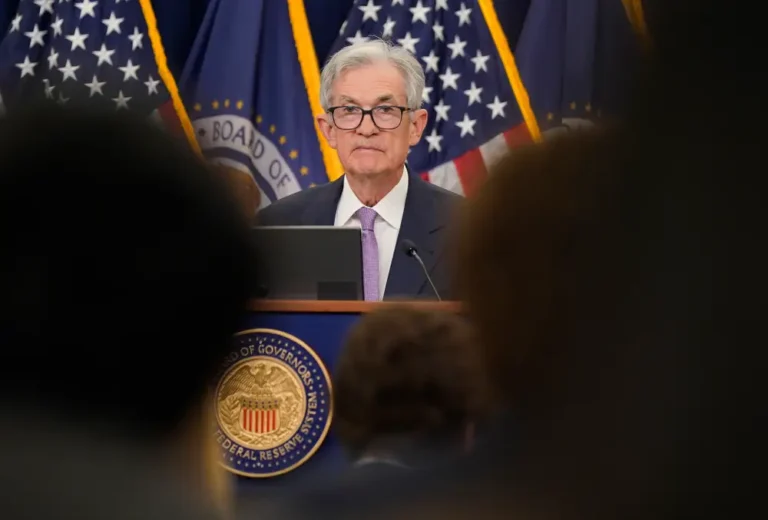‘We are becoming more convinced that the cracks are emerging’: JPMorgan warns a host of recession risks are starting to pile up — and shares 2 trades to keep your portfolio safe

- JPMorgan’s Marko Kolanovic says recession pressures continue to build.
- He’s therefore shifting to an even more defensive investing outlook.
- The strategist said he’s moving more into cash and energy stocks.
This summer, investors have developed a soft-landing narrative as the US economy has remained mostly resilient in the face of high interest rates.
However, JPMorgan’s Chief Global Strategist Marko Kolanovic advises caution.
Kolanovic said in a note to clients on Wednesday that warning signs that the US economy may be in trouble are beginning to emerge.
“Despite some contradictory economic prints in the US jobs market and China, we are becoming more convinced that cracks are emerging and that end-of-cycle worries are justified,” he said.
Kolanovic pointed out several cracks that he sees forming right now.
One indicator is rising delinquencies in credit card debt and auto loans, which indicate a weakened consumer. Another factor is the still-inverted Treasury yield curve, which means that yields on shorter-duration government bonds are higher than those on longer-duration government bonds. Since the 1960s, inversions of the 3-month and 10-year yields have preceded every recession without producing a false signal. Then there’s the reduced willingness for fiscal stimulus around the world as a result of high deficits, as well as the risk of a Chinese slowdown.
Furthermore, purchasing managers’ surveys show that manufacturing is slowing. The widely followed Institute for Supply Management Purchasing Managers’ Index is still in contraction territory. Since June, JPMorgan’s purchasing manager index has fallen every month.
“While the August PMI levels are consistent with our forecasts, the four-month drop highlights the downside risks associated with the lagged response to the sharp tightening in monetary policies over the past year.”
The bank published the results of a client survey in the note. Three-quarters of them said they intend to reduce their exposure to equities over the next year, while 80% intend to increase their exposure to bonds. That’s a common recession strategy.
However, JPMorgan’s Chief US Economist Michael Feroli recently stated that he doubts a recession will occur this year, though he did not rule out the possibility of one later on. Economists at Bank of America and the Federal Reserve have also backed away from forecasting a recession, despite the fact that the Fed’s own recession probability gauge, based on the Treasury yield curve, is screaming that one is imminent.
Two trades to protect your portfolio
Given Kolanivic’s bearish outlook, he is underweight broad stock market indexes, especially given the current attractive risk-free bond yields (1-year Treasurys yield 5.4%). However, he remains optimistic about energy stocks.
“Historically, Energy has outperformed in the aftermath of PMI rollovers.” Meanwhile, stocks face an unappealing equity risk premium, with bond yields near record highs and next year’s double-digit EPS growth in doubt,” he said. “Once again, Energy shines here, having cheapened to the point where attractively valued names are expected to trade defensively.”
Energy stocks are represented by the Vanguard Energy ETF (VDE) and the Energy Select Sector SPDR Fund (XLE).
Kolanovic is also shifting more into cash and away from long-term bonds, despite the fact that rates are still expected to rise — though he remains overweight on the latter. Cash can be literal cash or short-term instruments such as a certificate of deposit or a three-month Treasury bill.
“Given that 10Y real yields are around 2% and we are nearing the end of the hiking cycle, the entry level for Bonds looks appealing in the medium term.” “However, we see some risk of a continuation of the recent bond bear market,” he said.
A significant risk is that markets have not fully priced in terminal rates because inflation may not be fully beaten with rising oil prices, rising wages, and improving consumer sentiment. The Consumer Price Index, a key measure of inflation, increased 3.7% year on year in August, up from 3.2% in July.
Short-term government bonds can be purchased through TreasuryDirect, their brokerage, or through ETFs such as the Vanguard Short-Term Treasury ETF (VGSH).






